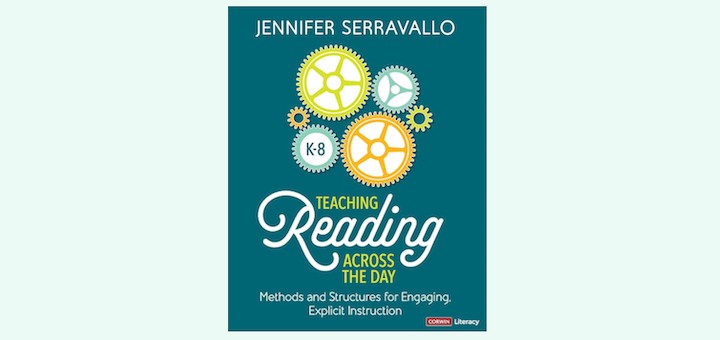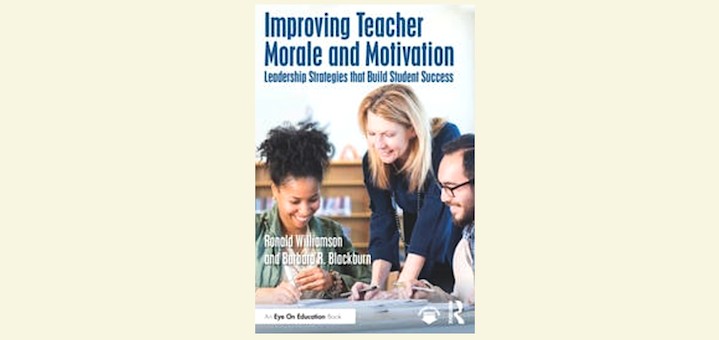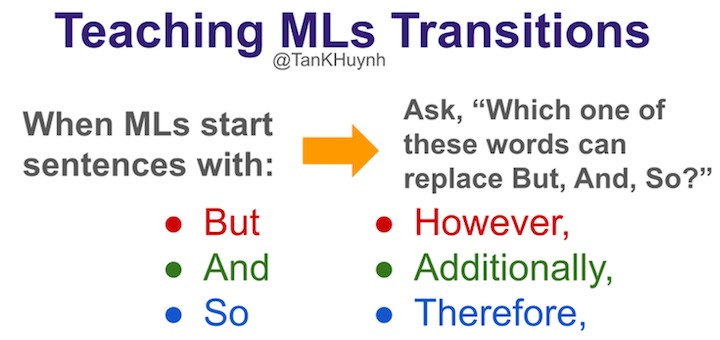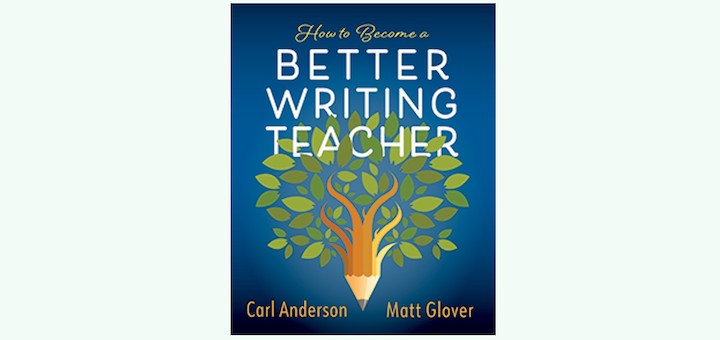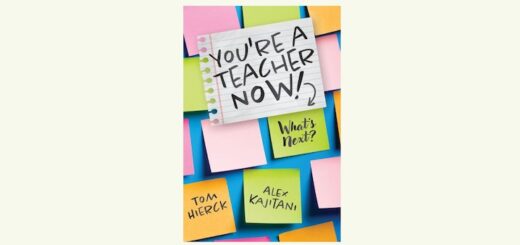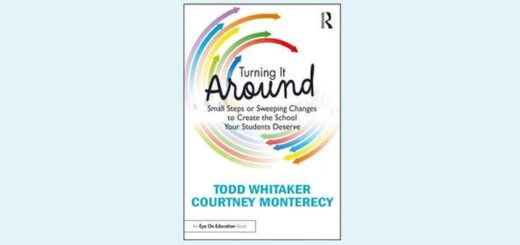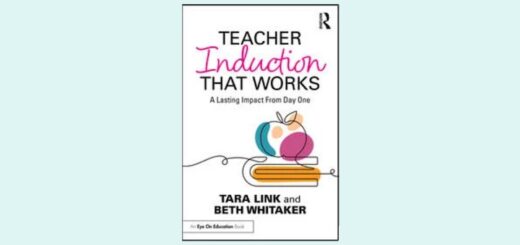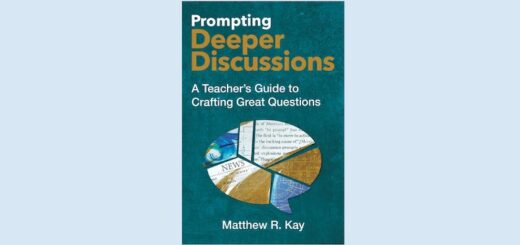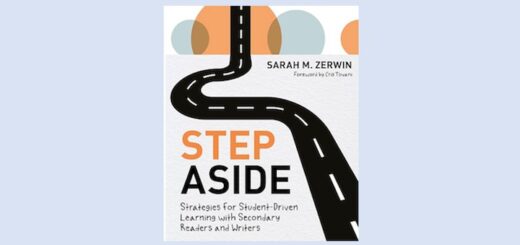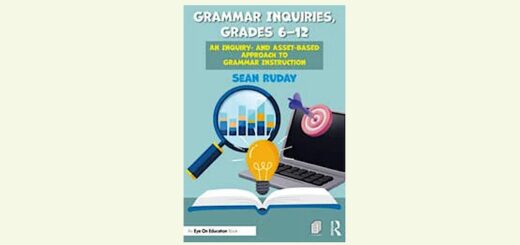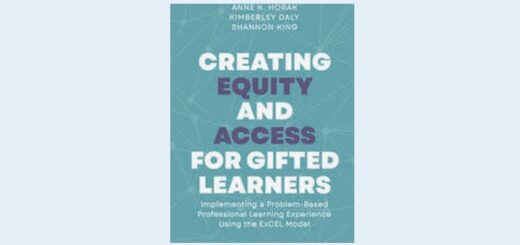Teaching and learning in grades 4-8
In Teaching Reading Across the Day, Jennifer Serravallo’s blend of theory, research and engaging, explicit practice offers a roadmap for creating a classroom where reading is a central, dynamic component of the learning experience across subject areas, writes Melinda Stewart.
When students learn to both regulate their emotions and apply executive function strategies, they become more engaged learners who are better at managing stress, staying focused, and solving problems. Marilee Sprenger shows how SEL and EF work together in various subject areas.
Megan Kelly understands the learning power of academic conversation. To tap into that power source, she introduces activities that have middle schoolers speaking to each other in a variety of configurations – increasing confidence, growing vocabulary, and building community.
“Improving Teacher Morale and Motivation” by Ronald Williamson and Barbara Blackburn provides school leaders with key strategies for directly addressing teacher morale and effectiveness. Systems coach Matt Renwick reflects on three of the book’s valuable principles.
Tan Huynh shares an effective, easy-to-implement process to teach multilinguals how to organize their academic writing by building sentence-by-sentence transitions. See how he leads students through the process of applying time-based transitions and subordinating conjunctions.
Recently Stephanie Farley was reminded that just because a classroom strategy or routine worked for a few weeks or months earlier in the year doesn’t mean it will continue to work through spring. She and several colleagues offer tips to switch it up for students and reengage.
Educators can benefit from Teach Like a Queen, a book featuring seven famous women whom the authors believe model (collectively) selflessness, integrity, objectivity, accountability, openness, honesty and leadership. A light read with helpful insights, writes Katie Durkin.
Julie Hasson looks into how teachers benefit from regular reflection on changes, challenges and celebrations to better understand experiences, choices, and consequences. Along with regulating, relating and reframing, reflection can help us recharge and build greater resilience.
Stealth learning and assessment blur the boundaries between learning, assessment, and fun. Teacher educator Curtis Chandler shows how simulations and practical projects help students across subjects gain knowledge while enjoying the process. Included: some lesson design tips.
Anderson and Glover have authored a helpful, easy-to-follow book, writes veteran teacher Elisa Waingort-Jiménez. Their eight strategies center on specific craft and genre moves that will help teachers become better writers as they help students develop their own skills.

